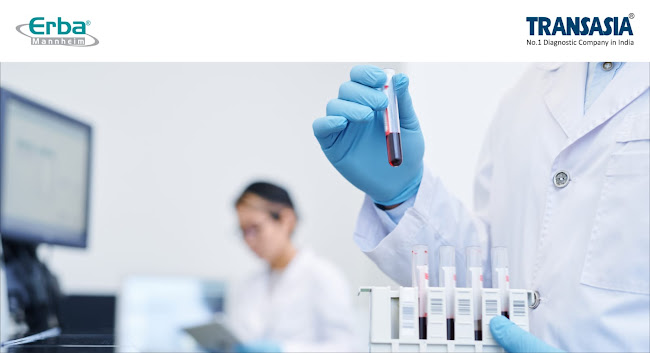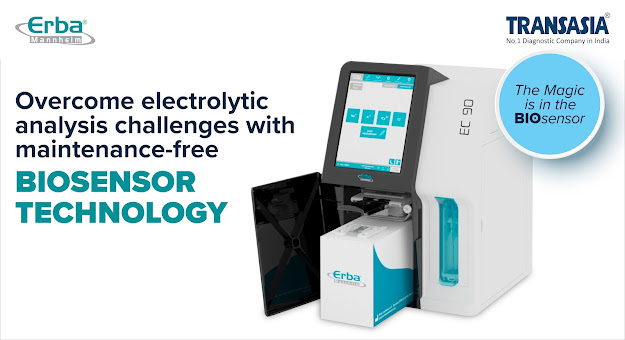Amorphous urates: What they are, diagnosis and treatment

Amorphous urates are a type of crystal that varies in colour from yellow to black, identified in the urine test. This can arise due to the cooling of the sample during packaging for transport or due to the acidic pH of the urine, with the values being observed equal to or less than 5.5. Examination of abnormal urine elements and sediment (EAS) can be performed manually or automatically. Automated urinalysis devices available on the market are accurate, reproducible, faster and much less labor intensive (walk-away instruments) than standard manual microscopy. It can be run directly at patient-side without any further sample manipulation (e.g. refrigeration, centrifugation etc.). It has the potential to markedly reduce human factor from interpretation by consistently applying the same algorithm to the analysis of every sample. The Erba Laura XL is an automated device that performs three phases that make up the EAS, from the physical and chemical part to the sedimentoscopy/microsc...





